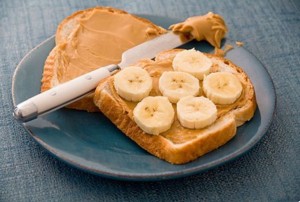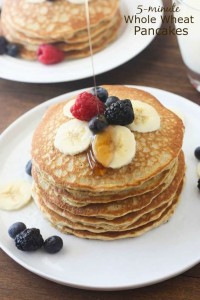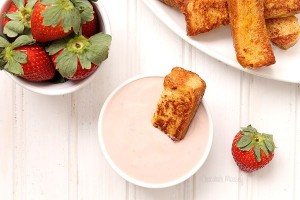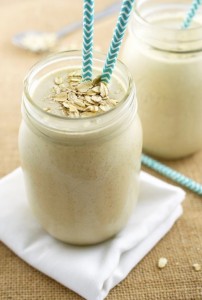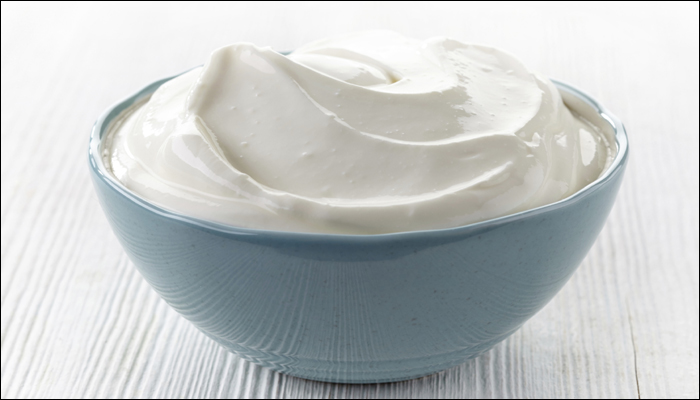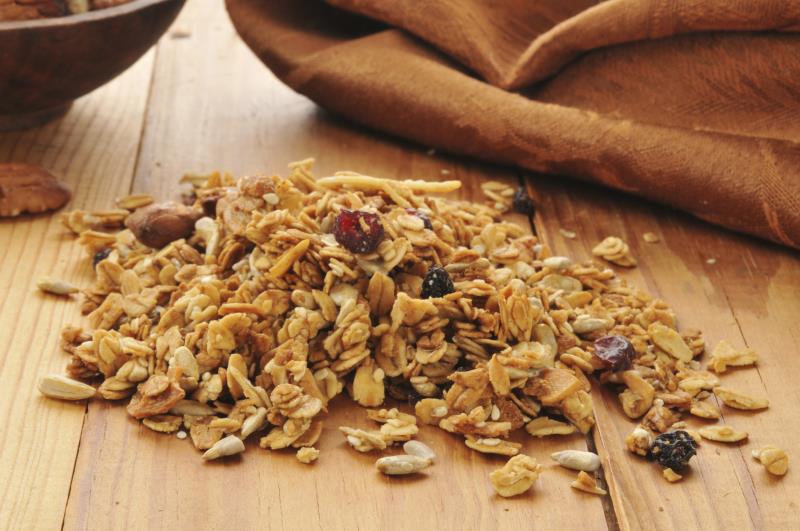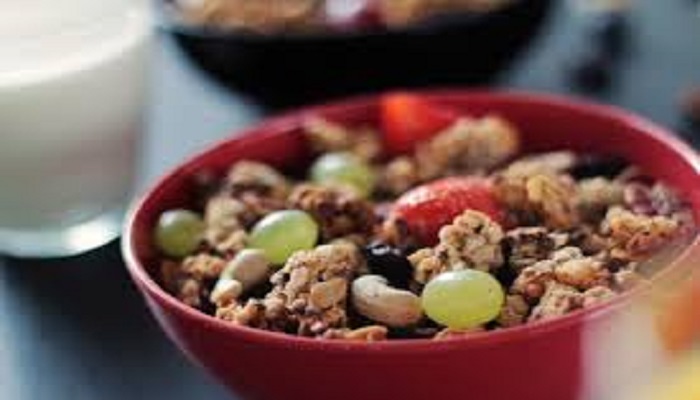
Good Morning begins here….
I do not need to explain to you what Breakfast means. It has been iterated many times on this platform that it is one of the most important meal of the day. Still the phenomenon of skipping this meal is widely prevalent across the globe. People skipping breakfast is higher among those living in the metros such as Mumbai, Delhi, Kolkata and the likes.
First thing in the morning, the body is low on energy reserves and needs fuel in the form of breakfast. Hence, skipping it can impact general health both in short and the long term.
Few benefits of breakfast to highlight its importance:
-It helps support brain function.
-It can improve nutrient intakes
-It helps to maintain weight
-It improves metabolism
-It promotes physical and mental well-being.
But, then the question arises- What does one have daily in the breakfast? Some examples of balanced breakfast are whole grain cereal with toned milk and 1 fruit, or bowl of puffed rice (Poha), toned milk and few cubes of papaya or whole grain bread sandwich with veggies , 1 fruit and toned milk or oats porridge with dates , raisins apple and almonds.
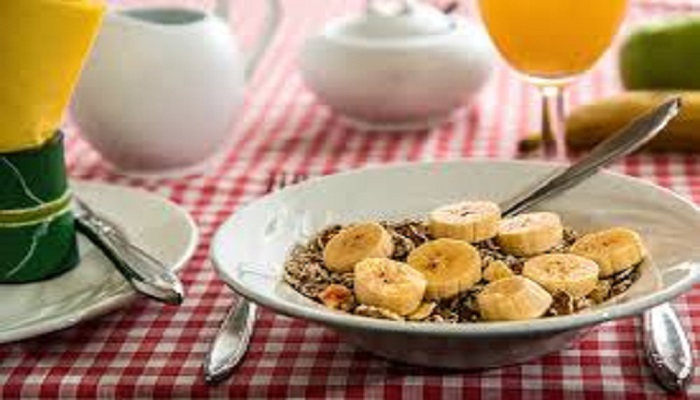
According to me, Cereal is the best breakfast. Most Indians staple diet is mostly based on cereals. I remember the days of my childhood, when my grandma used to give me cereal breakfast(wheat flour cooked in milk)and that used to keep me energetic throughout the day.
The word “cereal comes from the word ‘ceres’ meaning the ancient Roman goddess of the harvest.It is food derived from any plant in the grass family that yields edible grain or seed.
It is people’s basic food since Neolithic times, following the birth of agriculture.Wheat, Millet, Oats, Corn, Rice, Barley, Rye comes under cereal category.Research shows that eating a cereal breakfast can help kick-start our metabolism and set us up for a more successful day.
This is not restricted to this, eating cereal breakfast has lot more benefits:
1. Cereal eaters beat breakfast skippers in terms of BMI(body mass index)
2. It can help reduce disease risk factors: obesity and overweight are major risk factors for all lifestyle disorders. It helps to reduce the same.
3. Eating cereal break-fast can improve nutrient intakes:.Cereal taken along with milk gives carbohydrates, protein, fat, vitamins and minerals too especially vitamin B complex and iron and also gives a good amount of fiber. It is a simple, safe and inexpensive way to give required nutrition to a pregnant woman. Also, elderly get the required nutrition with such breakfast with fewer calories, as calorie needs declines with age but not nutrient needs.
4. It may help promote future health: The type of breakfast chosen may impact cardiometabolic risk. More frequent cereal consumption in children is associated with lower waist to height ratio, total cholesterol, and LdL cholesterol.
5. Cereal enhances general well-being:People who eat regular BF get less stressed, less anxious, and less likely to be depressed.
6. Cereal is typically a low fat, cholesterol free food which fits into healthy eating recommendations
7. Cereal is relatively low in calories and nutrient dense. An average serving of cereal with skim milk has fewer calories compared to other breakfast choices.
8. Cereal helps to incorporate milk into the diet. If eaten with milk, it is a terrific gateway to calcium, vitamin D, and protein. In fact, a bowl of high fiber cereal with skim milk has more than twice the calcium of a breakfast of toast and juice.And cereal is one of the top contributors for iron, thiamine, folate, vitamin C, riboflavin, niacin, magnesium, zinc, and potassium, bringing essential nutrients to your breakfast table each morning.
But the next question that comes up in the mind- Is it fine to eat ‘Ready to Eat’ breakfast cereals?
There has been a lot of misinformation floating around about breakfast cereals. It’s so convenient and easy to prepare – even the kids can help out, making it a great breakfast option for busy families.
The amount of sugar contributed by ready to eat cereals is just 4% of the total daily intake of sugars. Did you know that a glass of orange juice (125ml) has the same sugar content as a 30g serving of cornflakes?
Taste matters: If the food is unacceptable, it will not be eaten and unless it is eaten it cannot give nutrients. Even though it contains a slight amount of sugar, it doesn’t lead to tooth decay and dental problems.
Children who eat cereals at breakfast are likely to meet their recommendations of calcium and folic acid than those who eat non-cereal breakfast.
Taking sugar out of these cereals does not typically reduce the calories. So, if we remove a gram of sucrose, it lowers sugar content by one gram but, it does not affect the calorie level since the sugar is often replaced by one gram of starch to maintain the texture.
Ready to eat cereal contains less than one-half the sodium of many popular breakfast items and also the very small percentage of the total sodium in the diet.
Last but not the least beneficial component of cereal is fiber. It helps to protect against colon cancer, breast cancer, reduce the risk of Dm, coronary events, bulkier stools
So, if, you are always short of time, snoozing the alarm and waking up late….just pour a cup of milk over two tablespoons of your favorite cereal, sprinkle some nuts or fruits and get yourself nourished.
Hence, let’s take five minutes off to relax and prepare for the day with a bowl of cereal , milk and fruit and ensure a POSITIVE start of the day!!!

